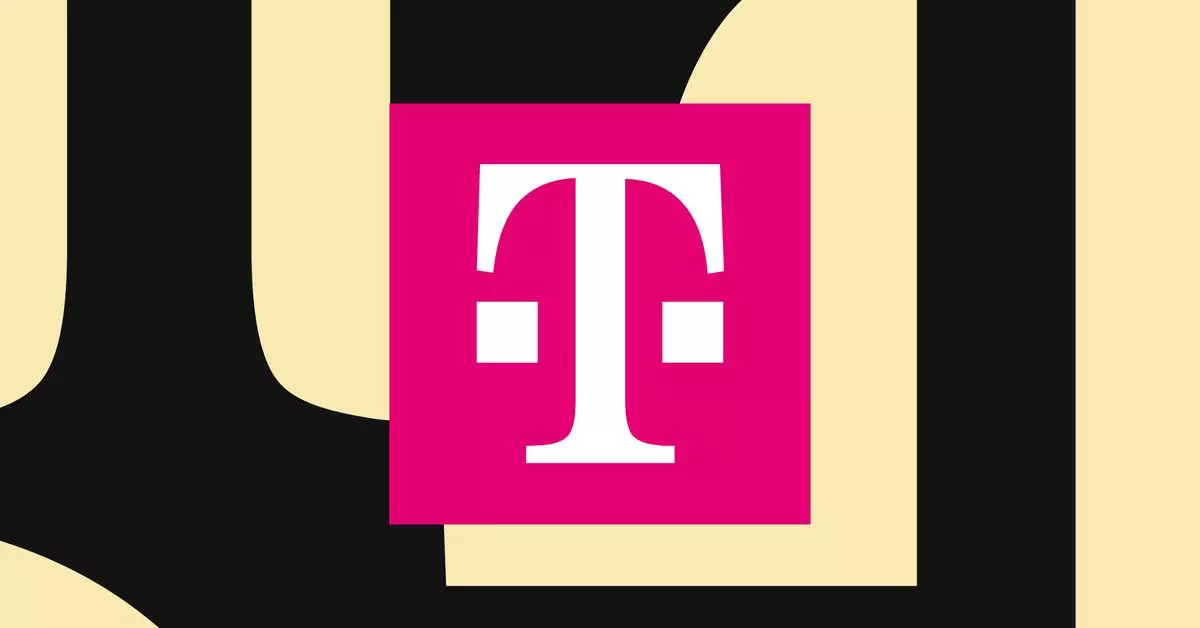In the face of ongoing natural disasters, such as Hurricane Helene, innovative solutions are becoming increasingly vital for restoring communication in devastated areas. The Federal Communications Commission (FCC) has taken a significant step by granting a temporary approval for SpaceX in partnership with T-Mobile to implement a direct-to-cell service. This service, powered by SpaceX’s Starlink satellites, aims to alleviate communication disruptions in regions hard-hit by Hurricane Helene, particularly in North Carolina. Such initiatives underscore the necessity of advanced technology in crisis situations.
One of the notable advancements of this project is the ability of Starlink satellites to broadcast emergency alerts directly to cell phones across all networks in North Carolina. As soon as the satellites were activated, they began transmitting critical warnings to residents in real-time. Furthermore, the initiative is set to include basic SMS capabilities for most cell phones operating on the T-Mobile network. This feature is especially crucial for maintaining communication channels that can be lifelines during emergencies, allowing individuals to reach out for help or inform loved ones of their safety status.
While the project holds significant promise, it’s essential to recognize the limitations that come with it. The Starlink direct-to-cell constellation has yet to be fully established, which means that services are expected to deliver with the best-effort approach. This reflects the reality of deploying new technologies under urgent circumstances, and while the initiative strives to restore connectivity, users should anticipate potential interruptions or limitations in features. Additionally, the massive flooding as a result of Hurricane Helene has led to numerous “blackout zones,” demonstrating the extent of telecommunications challenges in the affected regions of the Southeast United States.
Despite the positive potential of this partnership, it has not come without controversy. Major telecom providers such as AT&T and Verizon have expressed concerns to the FCC regarding the possibility of frequency interference from SpaceX’s satellite signals. Such opposition highlights the complexities involved in integrating new technologies into existing communication infrastructures. The discussion raises important questions about regulatory frameworks and the balance of competition within the telecommunications industry — issues that will need to be addressed as reliance on satellite technology grows.
The collaboration between SpaceX and T-Mobile not only represents a significant technological leap but also serves as a crucial reminder of the importance of resilient communication systems in emergencies. The coming months will be telling as both companies seek to refine their offerings and expand their satellite networks. Ultimately, as situations like Hurricane Helene reveal the frailties of conventional communication methods, innovations like Starlink could redefine how we respond to such crises in the future. The focus now is on how effectively this collaboration can bridge the communication divide in disaster-hit areas, paving the way for more robust and reliable networks in times of need.


Leave a Reply